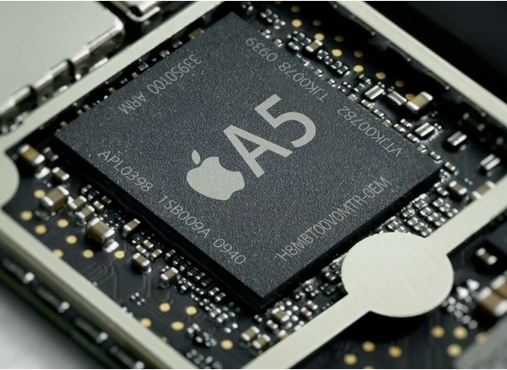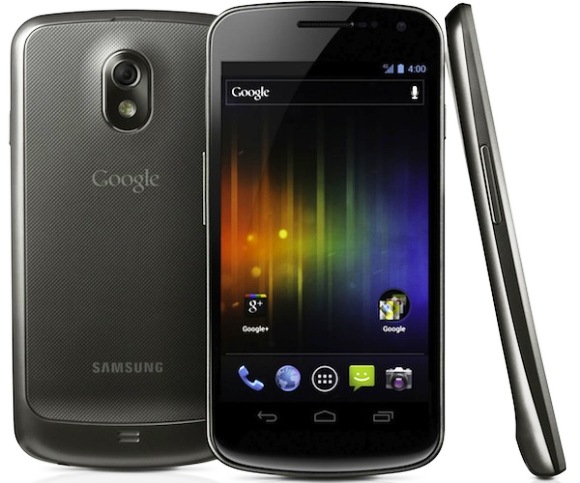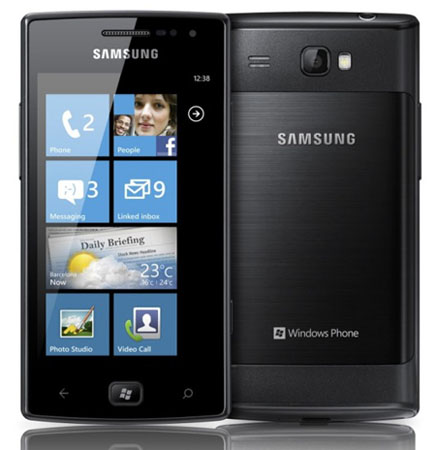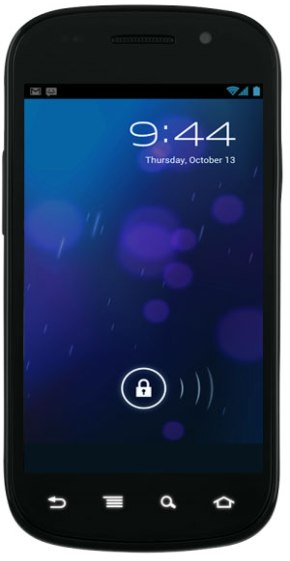Samsung will storm into Vodafone stores with a selection of smartphones and a new tablet – and they will all be running the latest version of Android.

While New Zealand is sadly behind the times when it comes to Android and other smartphone handsets, Huawei has been doing a fantastic job of supplying 2degrees' customers with its
Ideosphones for all budgets. Now, it’s Vodafone’s turn.
We spoke to Samsung this month about its plans to almost singlehandedly double the numbers of Android-based products in Vodafone stores, thanks to its Galaxy range. At a special session, we got hands-on time with a number of new models. While these were pre-production models, and we didn’t get to test battery life, we liked what we saw. Did we mention there’s a tablet?
Tablets
Samsung has already released the Samsung Galaxy Tab 7-inch tablet, but new on shelves will be the potential iPad-killer Galaxy 10.1. The size and weight are a closer match to Apple’s flagship iPad tablet. More importantly, the new model will run Android Honeycomb – the long awaited tablet-oriented version.
Honeycomb brings in a number of tablet customisations, not least of which is the elimination of hardware buttons: they’re replaced by an on-screen navigation bar at the bottom of the display, both in horizontal or vertical mode. The new home screen has more widgets for functions, such as for Gmail, or for a single contact to bring all that person’s updates to your home screen. Honeycomb also introduces video chat – a plus for a tablet OS.
As you might expect, Honeycomb also lets apps take advantage of the larger screen size, providing multipaned versions that sit side-by-side. The Android browser will now offer many more features too, including multiple tabs, automatic form-filling, private browsing, and Chrome-based bookmark syncing.
And how does the Tab 10.1 handle all this? Very well – we were impressed with it’s attractiveness, and with the additional flexibility that Honeycomb provides, particularly when compared to the older Galaxy Tab 7’s interface and the limitations imposed by smartphone-optimised Android.
Smartphones
Samsung is releasing smartphones at almost all price points – all models available in New Zealand in April were launched at February’s Mobile World Congress in Barcelona. Probably the best part about the new products is that they all have Android 2.3 (Gingerbread) at launch. Gingerbread, as with its predecessor Froyo (Android 2.2) allows you to store apps on an SD card, rather than on the phone’s internal memory. This means that you can install more apps and in combination with Gingerbread’s better memory management, it creates a snappy and responsive smartphone interface. Microsoft and Apple may have upped the ante with Windows Phone 7 and iOS 4.3, but it’s clear that Google isn’t resting on its laurels. As usual with Samsung’s Android range, all phones have the text-entry app Swype and Social Hub – Samsung’s social networking and contacts integration app. The only exception is the Google Nexus S, which runs a plain Android install – it’s being released by Samsung here in New Zealand.
The highlight of the range is the Samsung Galaxy S II, the follow up to the immensely popular Samsung Galaxy S. Its 4.2-inch 480 x 800 AMOLED screen is impressively bright. The extra screen real estate makes text easy to read, and the on-screen keyboard easy to use even before you factor in Swype. Images taken with the built-in camera are free of the colour accuracy issues of previous AMOLED screens, too. The 1GHz dual-core processor makes for slick and seamless navigation – it’s fast. For anyone after a perfect internet experience on the go, this looks like it will hit the spot, although its price is expected to be more than $1000. We’ll give it a full review once we get our hands on the final retail version.
At the more affordable end of the spectrum, the Samsung Galaxy Ace (around $500-600) provides an 800MHz processor – fast enough to provide quick access to apps, networks and features – and a 3.5-inch 320 x 480 screen. It compares in size and price with the HTC Aria and Motorola Defy, both of which have been well received overseas. Having tested both of those models, I’m keen to spend more time with the Ace to see how it compares – we’ll do a full review including a battery life test as soon as Samsung can send us review product.
If you’ve been longing to try Android but you’re worried about the cost, the Samsung Galaxy Mini is designed for you. For around $350 at launch, it’s priced for students and first time smartphone buyers, and comes in a selection of metallic-look colours. The 3.14-inch 240 x 320 screen on the green-metallic model we got to try out may be small, but we found it had perfectly crisp clear text – something unexpected on a budget smartphone handset. The 600MHz processor is at the lower limit of what we’d consider acceptable for a smartphone, but with Android 2.3, it felt surprisingly quick and responsive.
Samsung also sent us information about the Galaxy Fit and Galaxy Gio, both with similar specifications to the Mini, but unfortunately we didn’t get to try them out.



























